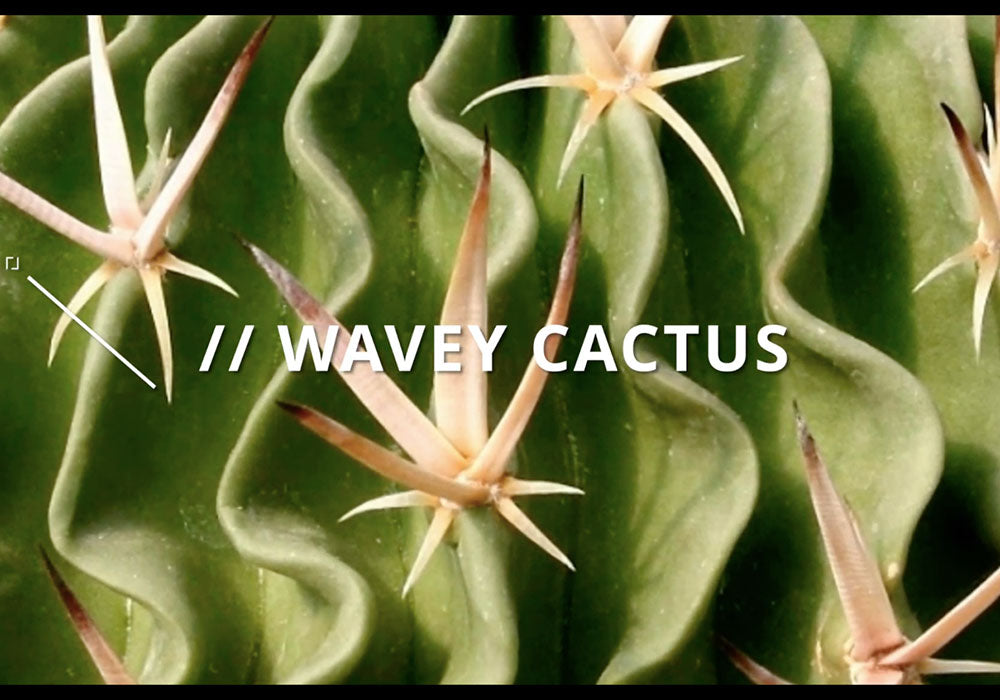What if the world was truly designed according to Nature? In the world of biomimicry, it is. Essentially biomimicry is the practice of facing a design challenge by exploring parallels in the natural world, within an ecosystem that’s evolved its own practical solutions. From there, it’s really about being able to emulate and replicate. Life has had billions of years to work through countless moments of trial and error, so as a rather new species, who are we to question Nature’s ancient biological wisdom? Or rather, are we asking the right questions as our society feeds its need to grow?
At its core, biomimetic design is rooted in what's real – making products, technological and social systems, including spaces like cities, a highly functional reflection of the natural world. Most of us are familiar with the design of airplane wings taking inspiration from birds, and the design of velcro from shrub burrs, or using neuroscience research to flesh out artificial intelligence systems.
As expert author and co-founder of the Biomimicry Institute Janine Benyus puts it in their latest documentary THE PROMISE OF BIOMIMICRY, “I realized that the people who make our world – the engineers and product designers – they don’t take biology in school. It just doesn’t happen. So they’re creating a pump that’s run by an internal combustion engine, but they’ve never learned about the whale heart. Which is an incredible pump … biologists know about it, but the people who make pumps don’t.”
Because it is inherently connected to regenerative systems and circular economies, biomimicry is more than just good design: It challenges our perceptions and reasons to salvage our ecosystems, also to carefully and more naturally align our industrial supply chains. It makes Nature more than a resource supply and producer of awe-inspiring vistas – Nature is a wise elder of the highest order, an information-rich exchange of ideas to address complex social, technological and biological questions.
 + The natural ripples in the skin of a cactus create slide shade throughout the day, enough to be designed into building exteriors for energy efficiency savings. From THE PROMISE OF BIOMIMICRY.
+ The natural ripples in the skin of a cactus create slide shade throughout the day, enough to be designed into building exteriors for energy efficiency savings. From THE PROMISE OF BIOMIMICRY.
If you are actively engaged with issues surrounding sustainability and climate change, biomimicry should be a part of the conversation about what to do and how to move toward small- and large-scale solutions. Ecosystems are programmed to proliferate, sustain and balance based on limited regional resources – we could learn a thing or two from their unequaled and well proven track records.
“We’re also looking at its strategies, on an ecosystem level. How do all these organisms interact in a way that enhances this place? By looking to the natural world for our models, and as our mentor, what we’re trying to do is emulate that to create a more sustainable world … We’re using too many materials, too much energy, too many toxins – How does Nature do it?”
Biomimicry may be a “new” field of study in the West – but we’ve been mimicking Nature since we began utilizing Nature's wearables (plant and protein fibers) to protect our species from a changing climate and regional migrations.
Here at Recreator, we hope that these lessons of science and history guide us to more meaningful, more intentional engagement in designing and developing products under our label, and from our ultimately important fibersheds. From soil to stitch to soil again, What do we miss on a daily basis and are we adapting quickly enough with Nature's blueprints as our guides?
We feel a most certain gratitude to Nature and know that we must listen to its design principles for ever-better sustainable products. For us, the core life cycle assessment comes down to this: How do we domestically grow, mill and ship textiles with a carbon neutral or net negative footprint, release fewer toxic dyes, provide ethical wages and working conditions, and use more compostable materials throughout the supply chain? How do we re-create and redefine America's fast-fashion culture?
Until the next installment, we highly encourage your eyes & ears to enjoy The Promise of Biomimicry:


 + The natural ripples in the skin of a cactus create slide shade throughout the day, enough to be designed into building exteriors for energy efficiency savings. From THE PROMISE OF BIOMIMICRY.
+ The natural ripples in the skin of a cactus create slide shade throughout the day, enough to be designed into building exteriors for energy efficiency savings. From THE PROMISE OF BIOMIMICRY.


